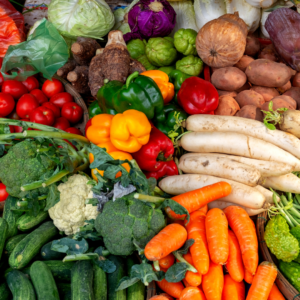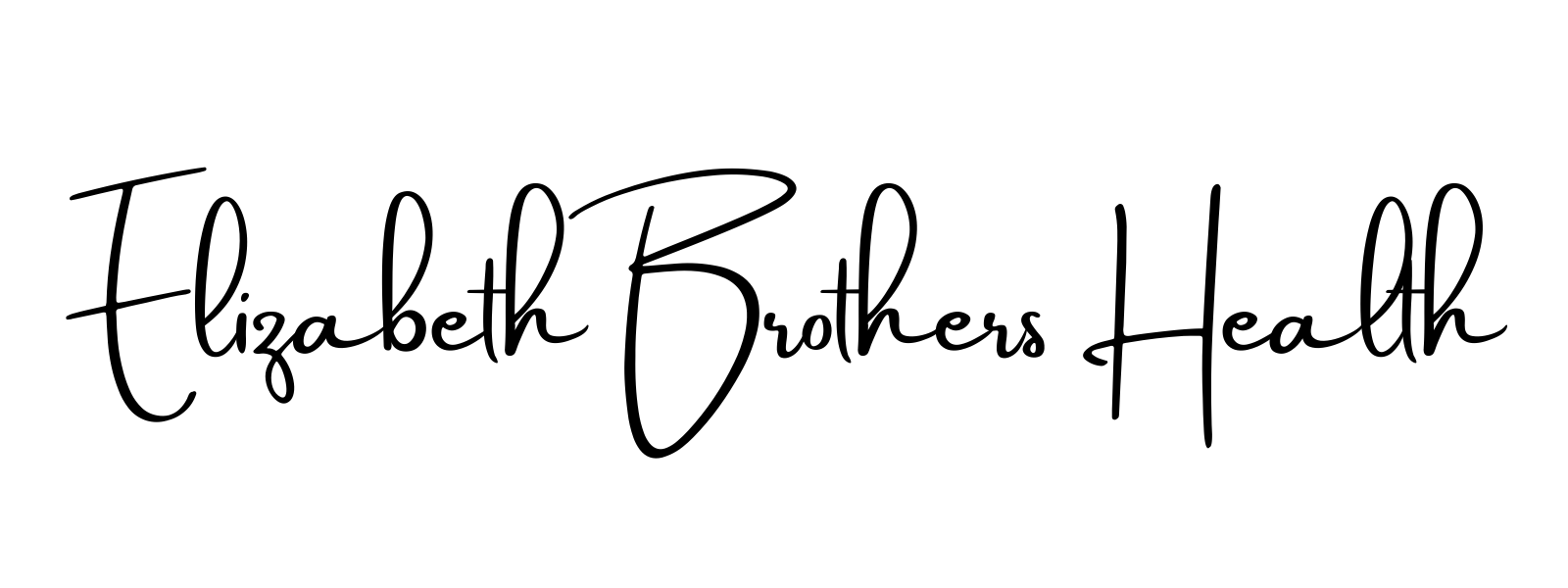Eating well doesn’t mean what we think it means.
I talk about “eating well” ALL the time. Probably an annoying amount to the people I talk to regularly. But I’m so fascinated and strongly believe that what we eat matters. It matters a lot. It impacts our digestion and how we feel and our energy and our moods, and so many other things that I can’t even list.
But don’t get me wrong – “eating well” isn’t about perfection. Quite the opposite, actually.
And what foods work well for you is a different set of foods that work well for me. So this concept of “eating well” (which I continue to put in quotes), isn’t well defined, and to be quite honest isn’t well understood by a lot of people.
I want to take some time to discuss what “eating well” (there are the quotes again) means to me, and how the goals around food that I use when choosing what to eat.
I have six principles that I use to guide me.
“Eat real food, not too much, mostly plants”
Michael Pollan’s quote is an excellent guide. It succinctly sums up what we should be eating. Focusing on whole foods. Acknowledging that people eat meat, but that it shouldn’t be our primary focus. And limiting our intake to reasonable amounts. A significant factor for longevity is actually eating less food than you need. Not in a starvation way, but eating just the right amount of calories for what our body needs, maybe a little bit less, actually increases your chances of living longer. The quantity of food that we take in is very important.
What each meal should look like
Half of your plate should be vegetables of varying colors. You should have a serving of protein, which should be the size and thickness of your palm. If you’re an omnivore, it should be a combination of animal and plant proteins. A serving of whole grains is about the amount that fills your cupped hand. And some healthy fat, which is about the size of your thumb (1-2 Tbsp). When you measure portion sizes based on your anatomy, it accounts for people of different sizes. Someone who is larger will have a larger palm, and need a larger serving of protein.

Culture is important!
We have this belief that a salad and a chicken breast is the healthiest meal available to us, but that’s not entirely true. Is that a healthy meal? Absolutely. Are there other just as healthy meals? Definitely. Each culture has such different views on what makes a meal, and what healthy meals look like, and even on the food that they have available to them. I stand by the fact that building a meal like I just described (lots of veggies, healthy protein, healthy grain) is a rule that doesn’t depend on culture. You can build a plate like that no matter what culture you come from. But after that, what foods go on that plate can be wildly different. Eating foods that you like and enjoy falls into this category as well, I think. We tend to enjoy the foods that we grew up with, so as long as you’re focusing mostly on whole foods that you make yourself, whatever fits that bill is healthy eating.
80/20 rule
This is my favorite rule and a big one for me. I really try to “eat well” (those quotes again!) most of the time. But I also love treats. I love cookies and chocolate and salty treats. And that’s OK. I have them occasionally, I enjoy them immensely when I do, and I don’t need (or want) them every day. When I eat them every day, I want them every day. But if I’m mindful about how frequently I actually eat them, I really only want them occasionally. And so I have them. Food isn’t meant to be about punishment or deprivation, and I think we can easily get into that mindset when we’re thinking about the foods that we “should” eat and not necessarily the foods that we “want” to eat. But, it is a balance to strike between the two. Because if I ate primarily cookies and chips, I wouldn’t feel good.

Food sensitivities
Different foods affect everyone differently. Some people don’t do well with certain foods. Lactose intolerance isn’t a food sensitivity, but it’s a good example of how people tolerate foods differently. Some people have no problem drinking milk, eating cheese, eating ice cream. But for others, it might make them uncomfortable or even sick.
Food sensitivities work differently but have similar impacts. I used to have bad eczema on my hands. It’s well controlled now, but foods would aggravate it, one of which was almonds. Almonds are a very healthy food. They have great fats, good protein, high in fiber, calcium. But my body doesn’t love almonds. So while I recommend almonds to clients all the time, they don’t work for me. Not everyone feels good eating the same things. So if you’ve been told that a certain food is “good” for you but you don’t feel well when you eat it, don’t eat it!
Intuitive & mindful eating
These topics deserve their own separate post, but they’re important to touch on. I try to practice these regularly by paying attention to how I feel before, during, and after I eat. Trying to listen to my actual hunger cues, satiety cues, and my cravings. This is actually a HUGE part of “eating well” – listening to your body and giving it what it needs and when it needs it. But also understanding what messages are coming from the need for nourishment, and what messages are coming from somewhere else.
Eating well is not simple. It’s a process. It’s involved. There’s planning that’s necessary. It’s a whole thing.
But at the end of the it, the goal is really to eat so that you feel good. You feel energetic and nourished and alert and happy and balanced. And eating should also be fun and enjoyable.
It does take some practice, but with some work and some guidance, you can get there. And if you’re someone who isn’t sure if you’re “eating well”, but you’re definitely sure you’re not sleeping well, then book a free call to chat about it!
